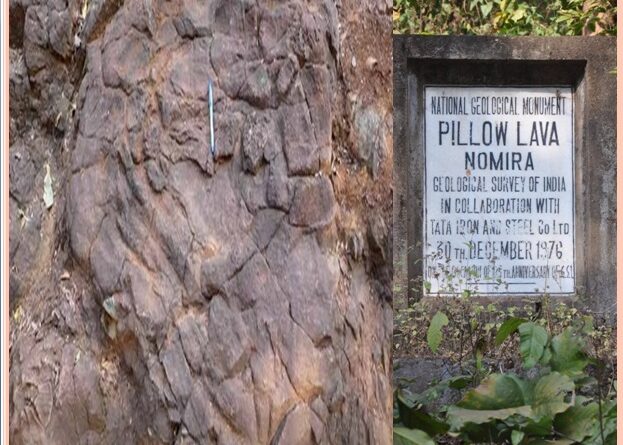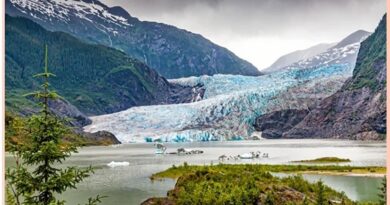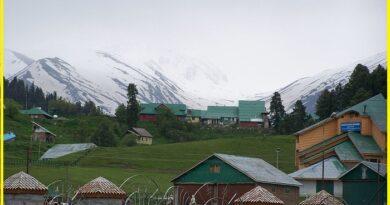Geological Wonder Of Odisha-“Nomira Pillow Lava” The National Geological monument
Pillow Lava in the Iron ore belt, Nomira, Keonjhar District, Orissa is an exposure of well-preserved pillow. Individual pillows are roughly ellipsoidal and closely packed. The basic lava is fine to medium-grained, green to bluish-green colored with abundant vesicles filled with quartz.
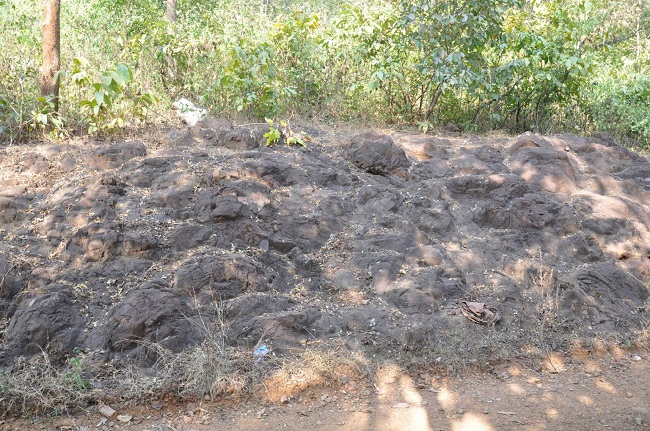
Thick piles of volcanic rocks are exposed on the eastern, southern, and western fringes of the jamda-Koria iron ore syncline. The lavas and the associated pyroclastics and tuffs are underlain by quartzite and overlain by shale, chart-shale, and banded hematite jasper.
The Nimura volcanic, occurring below the banded iron formation of the jamda-Koira belt and containing pillow structures indicate the sub-aqueous nature of the flow. The association of pyroclastic and tuffs with the pillow lava suggests a shallow submarine volcanic activity.
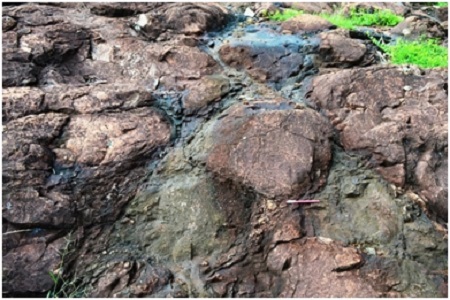
The connection between people, landscape, and the earth’s history forms the foundation of the concept of geological heritage. in Odisha, the Pillow Lava formations found in Nomira in Keonjhar are one of the designated geo-heritage sites. These pillow lavas were declared as a national geological monument in December 1976.
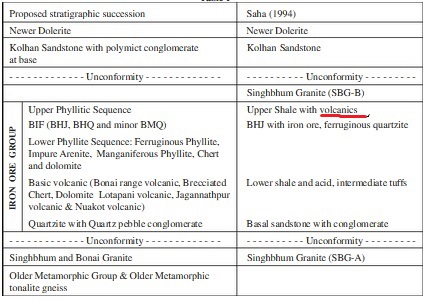
Formation of Pillow lava
The pillow lava outcrops look like small circular outcrops or pillows, a feature formed when hot molten basaltic magma slowly erupted underwater and solidified rapidly to form roughly spherical or rounded pillow shapes.
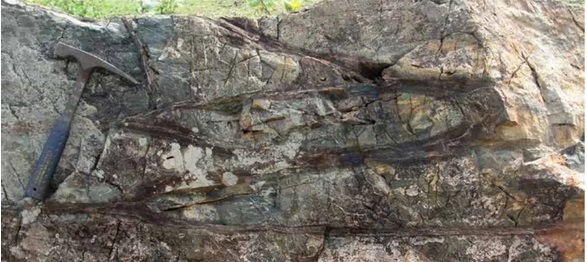
Nomira Pillow lava erupted 2.8 billion years ago when the area was covered by oceans and provides an important clue to the evolution of Precambrian peninsular India. The well-preserved pillow structures are roughly ellipsoidal and closely packed. Nomira is one of the best-preserved pillow lava sites in the world.
Also Read- National geological monument and Stromatolite Park, Mamley, Sikkim-Geotourism
The area is located about 18 km south of Joda town lying on Keonjhar-Barbil‐Lahunipada state highway. The pillow lava site was discovered by British geologists Jones and Dunne in 1942.
